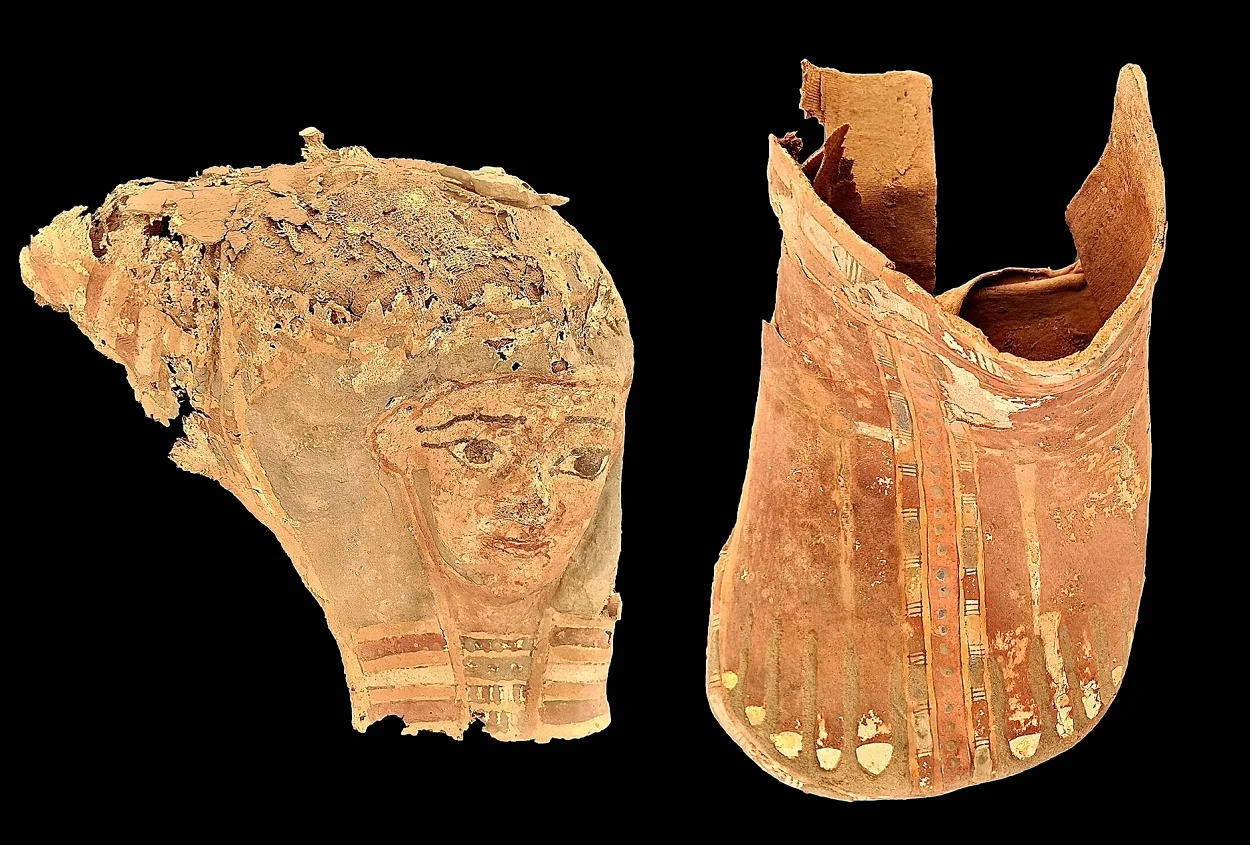Archaeologists have discovered 33 tombs dating from the Greco-Roman period during excavations in the area of the Aga Khan mausoleum, west of Aswan, Egypt.
The Aga Khan mausoleum is the burial place of Aga Khan III, Sir Sultan Muhammed Shah, who died in 1957.
According to the archaeologists, some of the tombs still contain parts of mummies and funerary objects, which were either placed in rock cut tombs or tombs with an open courtyard constructed from mudbricks. Among the objects are clay figures, sacrificial tables, ceramics, and burnt clay.
An anthropological analysis reveals that approximately 30% to 40% of the deceased were either infants, children, or adolescents. This finding sheds new light on diseases affecting the young during a period in Egyptian history that is seldom documented.
The remains of several adult women also showed signs of pelvic bone trauma, while other mummies indicated “anaemia, malnutrition, chest diseases, tuberculosis and signs of osteoporosis”, said Dr. Patricia Piachenti from the University of Milan.
Archaeologists also found the mummified remains of an adult and child within a stone coffin. Both deceased have become “glued”, likely from the embalming fluids, which the team plan to study further to understand their relationship.
According to Egypt’s Ministry of Tourism and Antiquities, the complex of tombs are from the middle-class hierarchy such as physicians, artisans, merchants and storekeepers.
Header Image Credit : Ministry of Tourism and Antiquities
Sources : Ministry of Tourism and Antiquities





